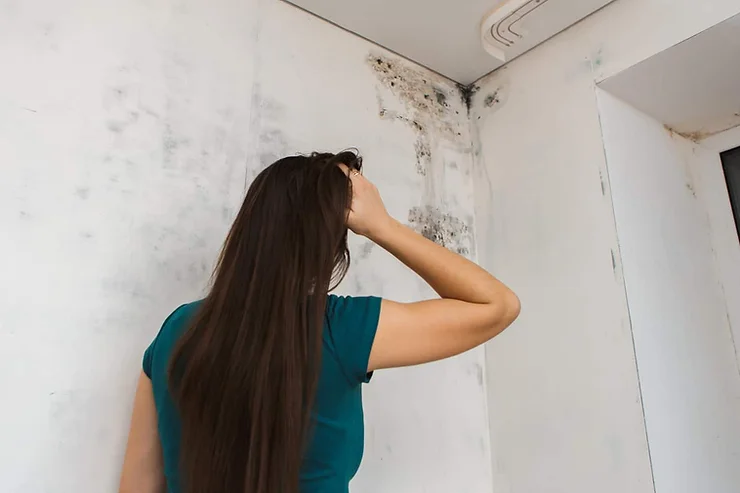Protecting homes from mould in Ireland is comparatively difficult because of the humid climate. It requires both a proactive and protective approach. However, understanding the cause, addressing it and ensuring effective strategies for future prevention are necessary to make your homes mould-free.
Mould is one of the most common issues that is faced by homeowners in Ireland, particularly because of the damp climate of the country. Mould not only damages the property because it can have a major impact on the health of residents. Thus, it is essential to explore the pertinent causes of moisture, how it can be minimized and how to address the related problems.
Causes of moisture in the house
Before looking into the prevention strategies, it is crucial to understand the primary causes of moisture in the homes. In Ireland, the following factors can prove to be the major cause of moisture build-up.
1- Climate: The maritime climatic temperature of Ireland is the case of major rainfall throughout the year. So, high levels of humidity can lead to moisture-related problems.
2- Condensation occurs when the warm or moist air is in contact with cold surfaces such as walls, windows and ceilings. This issue is prominent in colder months when homes are heated.
3- Lack of ventilation: Inadequate ventilation can trap moisture, and since homes are tightly sealed to conserve energy, it can inhibit the exchange of indoor and outdoor air.
4- Water intrusion or leaks: Having leaking roofs, plumbing issues and windows can lead to excessive moisture in the homes. These issues are often left unnoticed and lead to severe outcomes.
What to do to minimize moisture in the house?
After identifying the causes of moisture, it is imperative to define ways homes can be protected from mould.
1- Proper ventilation: improved ventilation is the easiest and most cost-free method of minimizing moisture. Ensure the exhaust fans are fully functional when showering or cooking; using a dehumidifier can do wonders.
2- Seal the cracks and leaks: Always look for the leaks and cracks in the roof, ceiling or wall and seal them. This approach can reduce the risk of mould growth.
3- Maintaining a consistent temperature: Usually, drastic temperature differences between the inside and outside of the home can lead to moisture accumulation. It is crucial to insulate the walls and windows. Having double-glazed windows installed can reduce the consideration and heat loss.
4- Using moisture-resistant material: When you are renovating or building the house, always choose moisture-resistant materials such as mould-resistant drywall, paint and insulation. These materials can withstand moisture and inhibit the growth of mould.
5- Keep Downspouts and gutters clear: ensure to keep the downspouts and gutters free from debris while maintaining proper drainage. It will prevent water accumulation issues and mitigate moisture-related problems.
6- Cleaning and Maintenance: Like other issues related to homes and buildings, cleaning and maintaining the home regularly to prevent moisture build-up is important. Moist areas or water-exposed spaces should be cleaned and drier to discourage mould growth.
What to use when moisture appears?
Despite best efforts, moisture issues can appear but can be addressed simultaneously. Following are some of the ways that can help you with moisture build-up
1- Identify and address the source:
The source of moisture problems should be identified and mitigated, whether a leak or condensation.
2- Using mould-resistant products
If you see mould growth, use mould-resistant cleaning items to remove it. These products are designed to eliminate mould. One should not forget to wear protective gear such as gloves and masks while cleaning mouldy areas.
3- Seek professional help:
If the mould keeps on returning, try consulting with the professionals. The mould remediation experts can assess and evaluate the situation while removing the mould safely.
Protecting homes from mould in Ireland is comparatively difficult because of the humid climate.
It requires both a proactive and protective approach. However, understanding the cause, addressing it and ensuring effective strategies for future prevention are necessary to make your homes mould-free.

